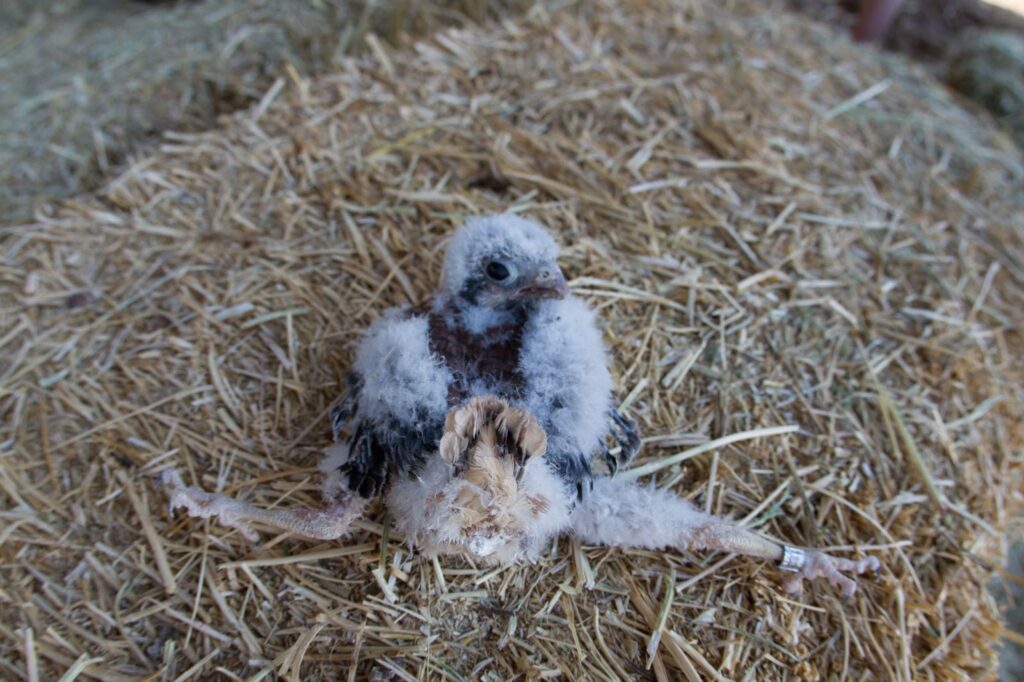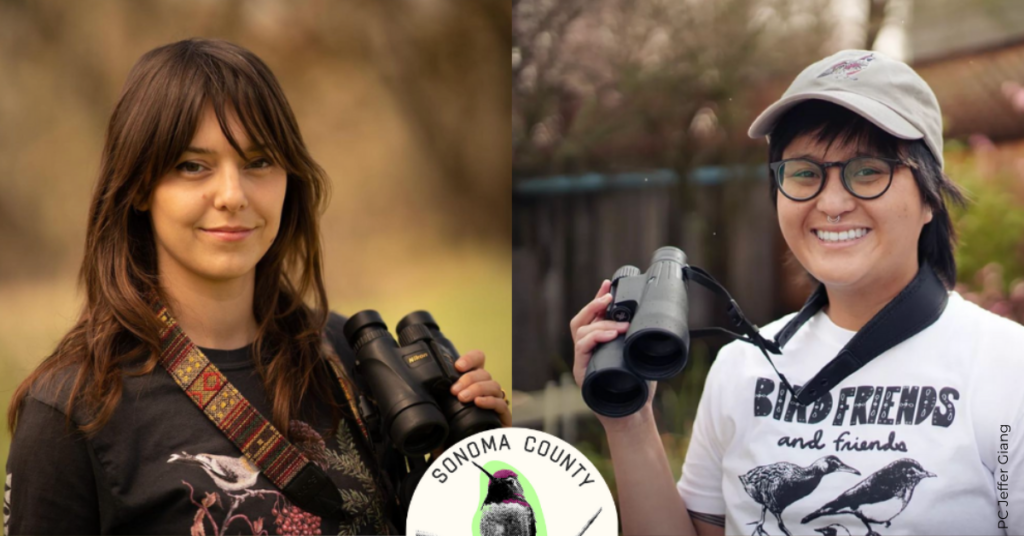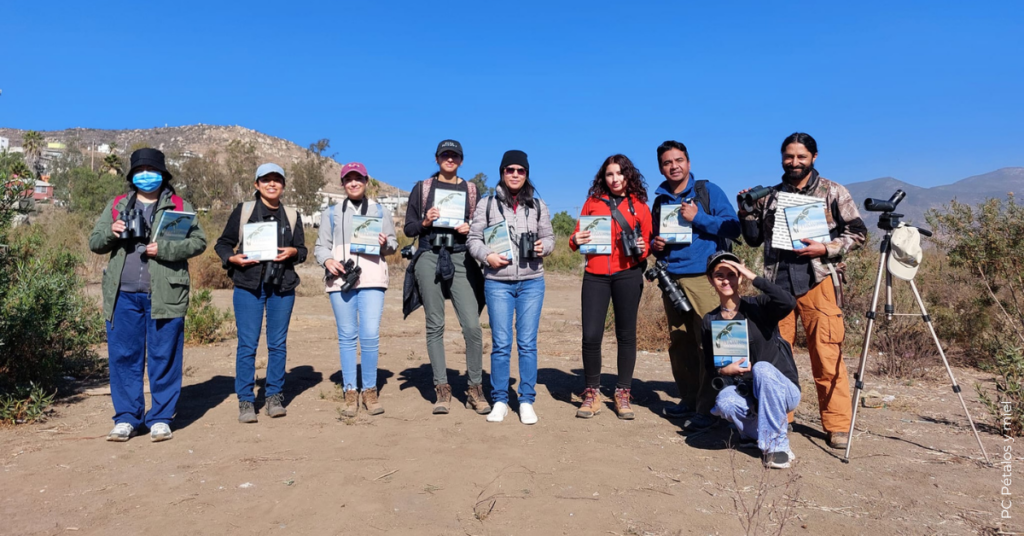Spring is rapidly approaching, and if you are among the hundreds of people across North America who monitor nest boxes and birds that use them, like American Kestrels, the window for annual maintenance will close soon. Nest box maintenance includes ensuring boxes are securely hung and as intact as possible (i.e., no broken roofs or walls). It also includes ensuring the bottom of the box has ample nesting substrate; we suggest 2-3 in (5-8cm). Why is maintenance important to nesting birds? A hard surface can lead to increased chances of eggs breaking, and in nestlings, it can also lead to spraddle-leg—a condition that is fatal to wild birds.


Each year, our team at HawkWatch International, including our volunteer community scientists, monitors around 100 pairs of nesting kestrels that use boxes in our network of 500+ in northern Utah, Moscow/Pullman area, and Tucson, Arizona. This effort is part of an ongoing long-term demographic study that includes data from 800+ nesting attempts and over 2,600 nestlings banded. During these efforts, our teams encountered 7 cases of nestlings unable to stand due to their splayed legs. Ultimately, this disturbing condition led to the nestlings’ untimely deaths by starvation or other causes because they could not leave the nest.
We learned that this condition is known as ‘spraddle-leg’ or ‘splay-leg’ and is a well-documented problem in captive, nestling birds, particularly individuals in the pigeon/dove and parrot families. Interestingly, the issue can sometimes be corrected by splinting the legs so they rest in a normal position, but corrective action must be taken early for a successful outcome. Despite early intervention, the likelihood of correcting the issue in wild kestrels is slim.
Examples of the condition. Photos by Jesse Watson.
Our immediate concern when discovering this issue was that it could be an additive source of mortality for a species already imperiled by other factors such as habitat loss/degradation, competition, and contaminants. However, due to its infrequent occurrence, we believe spraddle-leg should not be considered a significant threat to the American Kestrel population. Spraddle-leg has likely occurred in kestrels for some time, but the issue may often go undetected because afflicted nestlings die before they leave the nest box.
You can avoid spraddle-leg in your study by maintaining your nest boxes and adding adequate substrate to them before they become occupied by nesting kestrels. But, if you do come across a spraddle-leg kestrel, we encourage you to help us document it here.
If you’re interested in reading more about our team’s experience with spraddle-leg, we recommend reading our recent publication here.
This blog was written by Jesse Watson, HWI’s Research Biologist and Banding Coordinator. You can learn more about Jesse here.


